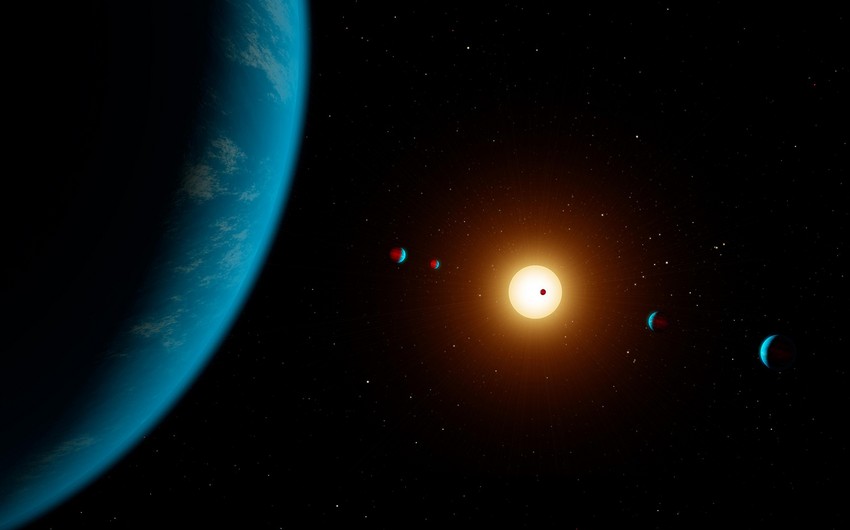Scientists from the University of Antioquia in Medellín, Colombia, have created an artificial intelligence (AI) tool that could significantly accelerate the search for planets with conditions suitable for life. According to Report, the research, published on the preprint server arXiv, offers a promising solution to the time-consuming process of analyzing distant worlds.
Observing exoplanets, even with powerful instruments like the James Webb Space Telescope, can be a lengthy endeavor. In some cases, up to 200 transits (the passage of a planet in front of its star) may be required to obtain statistically significant detections of water, methane, ozone, and other biomarkers. This process can take months or even years.
The Colombian research team has designed and tested a neural network specifically intended to classify transmission spectra and detect biological signatures. As most of our exoplanet atmospheric spectroscopy data is noise, the AI is designed to process this noise, determine the noise level, and classify atmospheres that may contain methane, ozone, and/or water, explained the scientists.
To train their models, the researchers generated 1 million synthetic atmospheric spectra based on the well-known planet TRAPPIST-1e, which is similar in size to Earth and is a rocky planet within its star's habitable zone. The neural network successfully identified transmission spectra with appropriate signal-to-noise ratios.
The authors believe that their program has the potential to enhance observations made by the James Webb Space Telescope, which are aimed at searching for signs of extraterrestrial life and habitable planets.


 https://static.report.az/photo/3208555c-9c93-366b-bea9-c41c183ee31e.jpg
https://static.report.az/photo/3208555c-9c93-366b-bea9-c41c183ee31e.jpg

